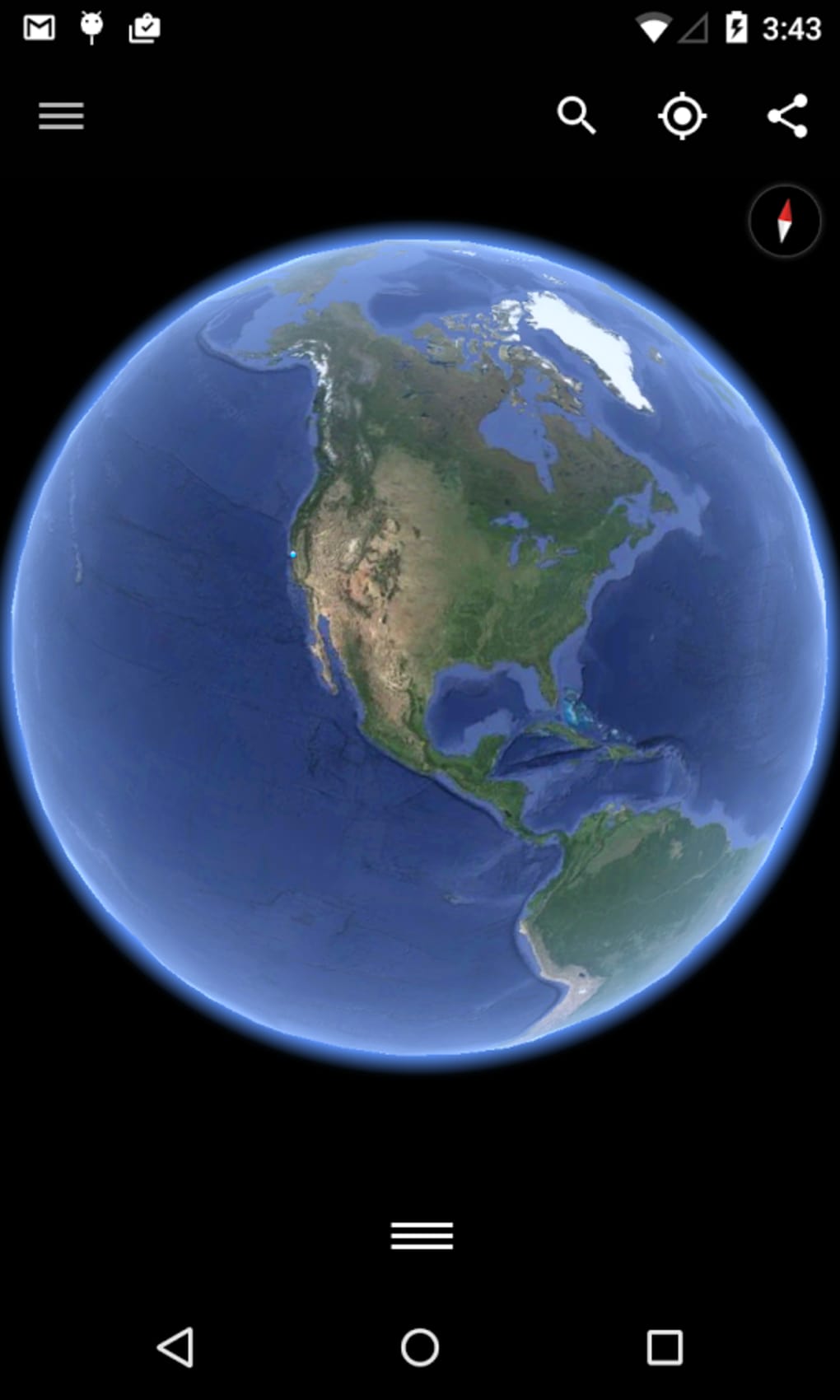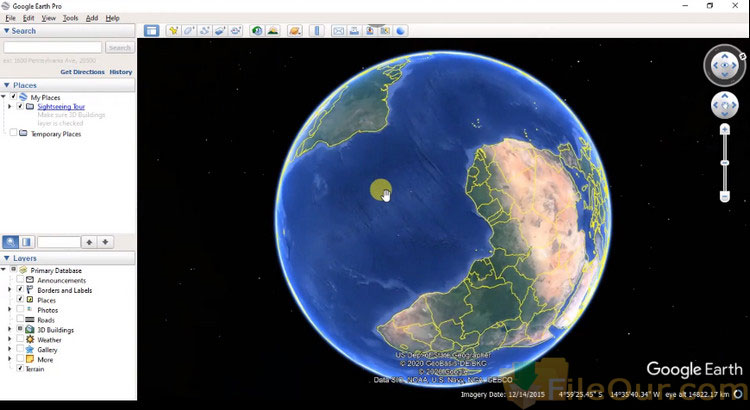

It seems to me that this prompts Google Earth to write all of its data cached in RAM to the disk cache, but I could be wrong about this. When you’re finished with steps 5-10, you might consider zooming all the way in to the closest level at one point, then all the way out to the planetary view level. If want data at several different resolution levels, you could repeat steps 5-9, but at different viewing altitudes.ġ1.

Repeat this process until you’ve covered your entire area of interest.ġ0. With the mouse or cursor keys, move the view to an adjacent area that overlaps the first area at least partially, and wait for the “data loading” indicator to show once again that all the data has been downloaded.ĩ. You’ll also see the imagery change from blurry to sharp.Ĩ. Wait for the “data loading” indicator at lower right to show that all the data for that area and resolution has been downloaded it will display as a solid light-blue circle when downloading is complete for that area. If there are major changes in elevation over the area, you may have to change your altitude to match them to keep your relative height if the terrain elevation drops, but your “eye alt” stays the same, the image resolution will decrease because you are further away from the surface.ħ. Lower altitudes give you higher image resolution, but at the cost of more disk space.

Higher altitudes mean lower resolution, but the data will take up less space. Set your viewing altitude (the “Eye alt”) for the desired imagery resolution. In Google Earth, navigate to your area of interest.Ħ. Click the “Clear memory cache” button, then exit the Options screenĥ. Set the Memory Cache Size to the minimum allowable value of 16MB this will force Google Earth to put data in the disk cache more quickly. This maximizes the available amount of space for your cached data, so that you can cover more area with the cached data.Ĥ. Click the “Clear disk cache” button to remove all data from the cache and cache index files. Go to Tools => Options, and select the Cache tab:ģ. Start up Google Earth while connected to the InternetĢ.

To create a localized Google Earth cache file manually:ġ. Today I’ll talk about the simplest method to create a Google Earth disk cache file for an area – doing it manually The last post covered the basics of the Google Earth disk cache, and how it lets you use Google Earth even when you don’t have an Internet connection.


 0 kommentar(er)
0 kommentar(er)
